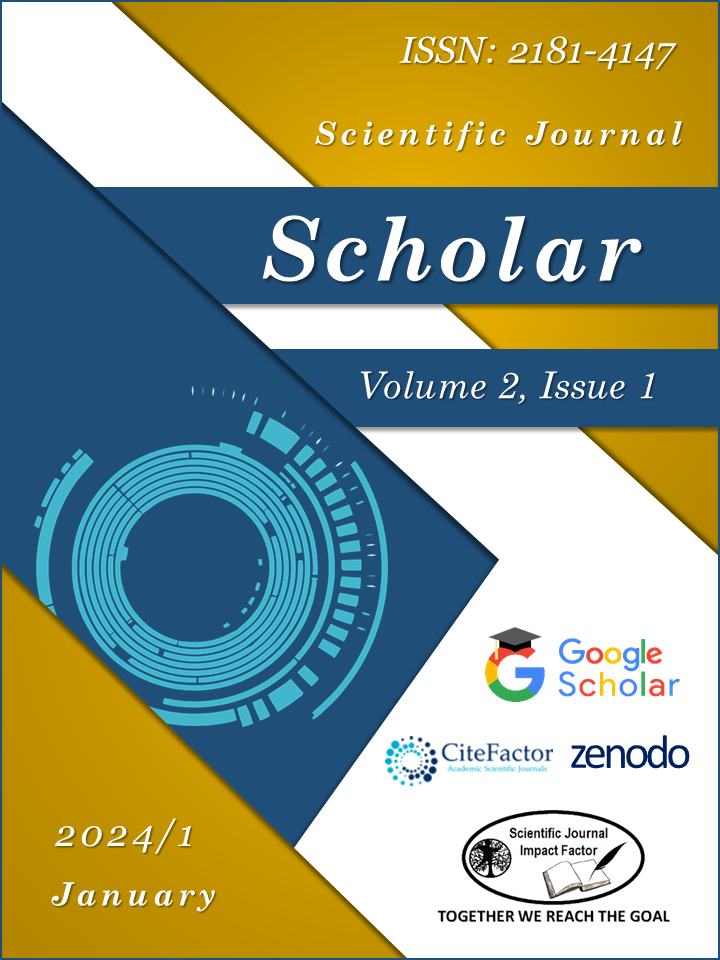EXPLORING PSYCHOLINGUISTIC ASPECTS OF HOMONYMS: A COMPARATIVE STUDY BETWEEN UZBEK AND ENGLISH
Keywords:
homonyms, psycholinguistics, ambiguity, cognition, linguistics, comparative study.Abstract
Homonyms, words sharing the same form but differing in meaning, present intriguing cognitive challenges. This study investigates the psycholinguistic characteristics of homonyms in Uzbek and English languages. Employing a comparative analysis, this research explores the semantic and phonological dimensions of homonyms in both languages, shedding light on their cognitive processing mechanisms.
References
Bates, E., & MacWhinney, B. (1989). Functionalism and the competition model. In B. MacWhinney & E. Bates (Eds.), The crosslinguistic study of sentence processing (pp. 3-73). Cambridge University Press.
Clark, E. V., & Clark, H. H. (1979). When nouns surface as verbs. Language, 55(4), 767-811.
Gries, S. T. (2009). Quantitative Corpus Linguistics with R: A Practical Introduction. Routledge.
Levelt, W. J. M. (1989). Speaking: From intention to articulation. MIT Press.
Marian, V., & Spivey, M. (2003). Competing activation in bilingual language processing: Within- and between-language competition. Bilingualism: Language and Cognition, 6(2), 97-115.
Miller, G. A., & Charles, W. G. (1991). Contextual correlates of semantic similarity. Language and Cognitive Processes, 6(1), 1-28.
Swinney, D. A. (1979). Lexical access during sentence comprehension: (Re)consideration of context effects. Journal of Verbal Learning and Verbal Behavior, 18(6), 645-659.
Downloads
Published
How to Cite
Issue
Section
License

This work is licensed under a Creative Commons Attribution-NonCommercial-NoDerivatives 4.0 International License.

